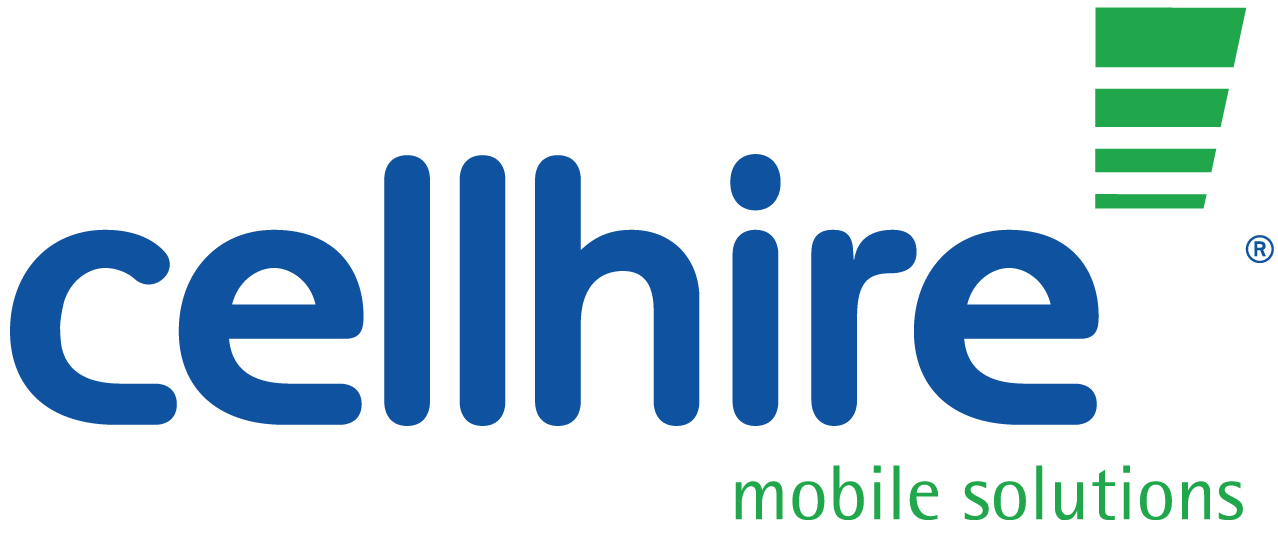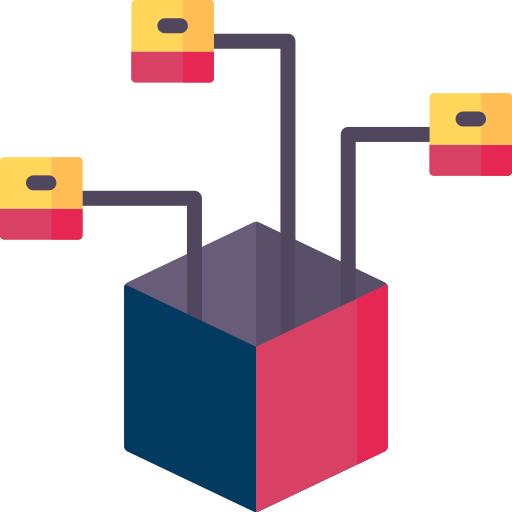
The healthcare sector is a fast paced industry which looks for the most efficient and cost-effective ways of working. Over the past few years the sector has developed dramatically with the help of IoT and we are now starting to see technologies that we have only dreamt about taking physical form.
This is an opportunity you don’t want to miss out on, because your current healthcare contacts could unlock you hidden revenue by offering more than just the basic IoT.
It is key to acknowledge this progress and appreciate where this could lead us in the future. IoT is taking many industries by storm but one with the biggest impact on society is within healthcare, which is why we are here to round up our top 5 use cases.
Smart beds – Monitor beds for movement and wetting while having an easy way for patients to call for help or control the bed. This provides a better patient experience and increases employee efficiency.
Dose management – Control the amount of medicine being distributed to reduce readmission rates and lower costs due to better long-term management. This also increases employee and patient experience.
Independent living – Technology now gives people suffering with conditions such as dementia an opportunity to live independently with bed sensors, GPS/movement trackers and drug management.
Remote condition communication – Ambulances which are connected are allowing paramedics to be continuously connected to the emergency doctors, providing a way to share patient details and symptoms before they even reach the hospital. This creates better efficiency and improves waiting times.
Wearables – Wearable IoT devices assist teams in collecting data about patients sleep patterns, temperature and heart rate. It immediately transfers the data to nurses and is also ideal for offsite management.

As you can see from these use cases IoT is reshaping the world of healthcare making hospitals and home living more efficient with better patient and employee experience. So which IoT solutions do you currently offer to your clients and what will you begin to offer now?
At Cellhire we help you push the boundaries of technology with over 30 years’ experience in the industry and are continuously looking to support businesses in welcoming IoT to their everyday processes. To find out more about how we can support you with IoT click here.


 What does an enterprise IoT deployment look like with eSIM?
What does an enterprise IoT deployment look like with eSIM? eSIM deployment in 3 steps:
eSIM deployment in 3 steps: